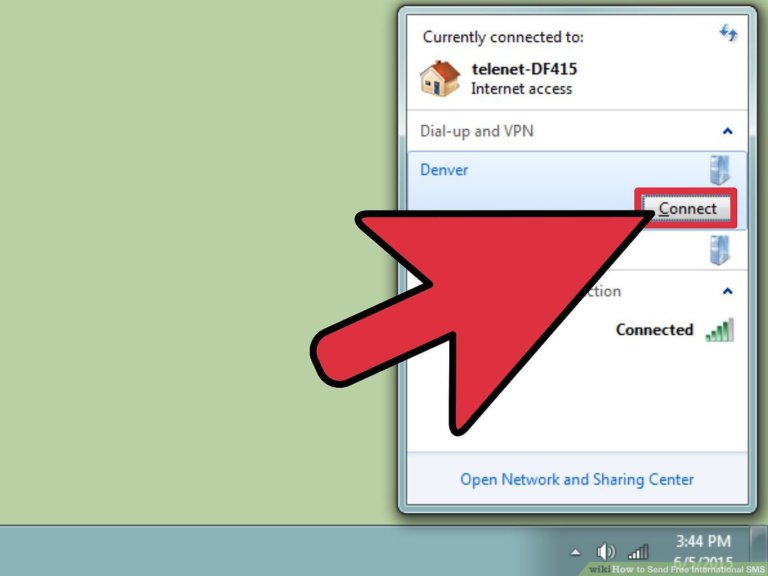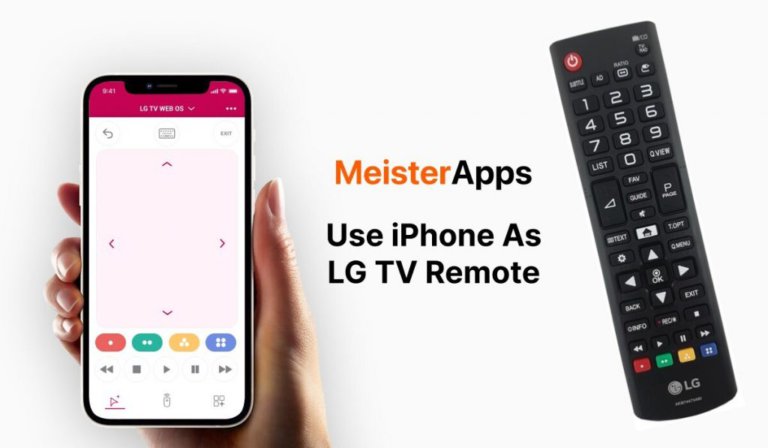How to Fix a Screen Protector That Won’T Stick
This post may contain Amazon authorized links.
To fix a screen protector that won’t stick, first, ensure the screen is clean and free of dust. Position the protector correctly and press gently to adhere it properly.
If needed, try a different protector for better results. Persistent efforts and careful handling are essential in resolving this issue. Remember to follow these steps diligently to keep your screen protector secure and functional. By implementing these simple solutions, your screen protector will adhere effectively, providing optimal protection for your device.
Common Issues With Screen Protectors
Screen protectors are an essential accessory for protecting your device’s screen from scratches, smudges, and cracks. However, it can be frustrating when your screen protector refuses to stick properly, leaving your device vulnerable. Understanding the common issues with screen protectors and how to address them can help you ensure maximum protection for your device.
Reasons Why Screen Protectors Don’t Stick
1. Incorrect Installation: Improper installation can lead to air bubbles and uneven adhesion, causing the screen protector to lift.
2. Residue and Oil: Dirt, oil, and residue on the screen surface can prevent the adhesive from bonding effectively, leading to peeling.
3. Incompatibility with Cases: Some screen protectors may not be compatible with certain phone cases, causing them to lift at the edges.
4. Size Mismatch: Using a screen protector that is larger than the screen or not specifically designed for the device can result in inadequate adhesion.
Problems Caused By Lifting Screen Protectors
Lifting screen protectors not only compromise the aesthetic appeal of your device but also leave the screen vulnerable to damage. If left unaddressed, lifting protectors can accumulate dust and debris, leading to potential scratches and reduced touch sensitivity. Moreover, the lifting edges can create a sharp and uncomfortable surface for users.
Why Screen Protectors Need To Be One Size Smaller
Using a screen protector that is one size smaller than the device can prevent compatibility issues with phone cases and ensure a secure and snug fit. Additionally, it minimizes the risk of the protector extending beyond the screen’s edges, which can lead to lifting and decreased adherence over time.
Troubleshooting Tips
Having trouble with a screen protector that won’t stick? Follow these troubleshooting tips: clean the screen, remove dust and air bubbles, position the protector correctly, press gently, allow enough time for it to settle, and use a screen protector adhesive if needed.
Ensuring A Clean Screen
Wipe the screen with a microfiber cloth to remove any dust or debris that may interfere with the adhesion.
Getting Rid Of Dust And Air Bubbles
Use a piece of sticky tape to lift any dust particles or air bubbles from under the screen protector.
Properly Positioning The Protector
Align the screen protector carefully with the edges of the device to ensure a perfect fit.
Applying Gentle Pressure
After positioning the protector, apply gentle pressure with your fingertips to help it adhere to the screen.
Using A Different Protector If Necessary
If the screen protector still won’t stick, consider using a different brand or type that may work better with your device.
Fixing A Peeling Screen Protector
To fix a screen protector that won’t stick, start by cleaning the edges to remove oil or residue. Apply pressure to the peeling areas for a few seconds to reinforce the adhesive. If the problem persists, consider replacing the protector, as it may be warped or damaged.
Additionally, ensure the screen is clean and free of dust before repositioning the protector.
Cleaning The Edges
Oil or residue can hinder adherence. Ensure edges are clean before reaffixing.
Applying Pressure To Reinforce Adhesive
Press down firmly on peeling areas for a few seconds to enhance stickiness.
Considering Replacement Options
If reattachment fails, it might indicate damage. Opt for a new protector.
Rejuvenating The Adhesive
Having trouble with a screen protector that won’t stick can be frustrating. Rejuvenating the adhesive on the screen protector can help solve this issue. Below are some methods to rejuvenate the adhesive:
Using Tape To Remove The Plastic Cover
When the screen protector fails to stick due to a non-removable plastic cover, using tape to remove it can be an effective method. Simply place the tape on one edge of the plastic cover, then lift it off slowly, ensuring no residue remains.
Methods To Rejuvenate The Adhesive
If the adhesive on the screen protector has worn off, there are several techniques to rejuvenate it. Cleaning the screen with a microfiber cloth and applying a small amount of rubbing alcohol may help. Additionally, using a hairspray can create a sticky surface to enhance adhesion.
Reattaching A Glass Screen Protector
When dealing with a non-sticky glass screen protector, reattaching it properly is crucial. Start by cleaning the screen thoroughly, then carefully align the protector and press it firmly. To reinforce adhesion, gently apply pressure along the edges.
Preventing Issues With Screen Protectors
To fix a screen protector that won’t stick, ensure the screen is clean and free of debris. Press down on the peeling areas to reinforce the adhesive. If the issue persists, consider replacing the protector to maintain proper protection for your device.
Proper Installation And Following Instructions
Proper installation and following instructions are crucial in ensuring that your screen protector sticks well and lasts longer. Before installing the screen protector, make sure to read the instructions provided by the manufacturer.
Follow the step-by-step guide to ensure a smooth installation process. This may include cleaning the screen, aligning the protector properly, and applying it using the recommended method.
Cleaning The Screen Before Applying
Cleaning the screen before applying the screen protector is essential to remove any dust, fingerprints, or oils that may prevent it from adhering properly. Use a microfiber cloth or screen cleaning solution to gently clean the screen surface.
Make sure to remove any lint or debris from the screen before applying the protector. This will ensure a clean surface and better adhesion.
Avoiding Humid And Cold Temperatures
Humid and cold temperatures can affect the adhesive properties of the screen protector. It is best to avoid installing the protector in high humidity or low-temperature environments.
Extreme temperatures can cause the adhesive to become less sticky or even freeze, leading to poor adhesion. Find a well-ventilated and temperature-controlled area to install the protector.
Choosing High-quality Screen Protectors
Choosing high-quality screen protectors is crucial for preventing issues with adhesion. Low-quality protectors may not have a strong adhesive or precise sizing, leading to lifting or bubbling.
Investing in a reputable brand and reading customer reviews can help you make an informed decision. Look for protectors that are specifically designed for your device model and have positive feedback regarding adhesion.
Frequently Asked Questions Of How To Fix A Screen Protector That Won’t Stick
How Do I Stop My Screen Protector From Lifting?
To prevent your screen protector from lifting, ensure the protective case doesn’t overlap it, causing dust to seep in and compromise adhesion. Some brands offer a case-friendly solution by making the protector slightly smaller than the device. This reduces the risk of edges lifting.
How Do I Make My Screen Protector Sticky Again?
To make your screen protector sticky again, clean the screen thoroughly and apply a small amount of a sticky product, like syrup or honey, then press the protector firmly into place. If the issue persists, consider getting a replacement. Regular cleaning and maintenance can help prevent future stickiness problems.
How Do You Fix A Peeling Screen Protector?
To fix a peeling screen protector, clean the edges to remove oil or residue. Apply pressure to the peeling areas for a few seconds to reinforce the adhesive. If the protector keeps peeling, it may be warped or damaged, and you may need to replace it.
Can You Peel And Restick A Screen Protector?
While it is possible to peel and restick a screen protector, it is generally not advised. Once removed, the protector’s adhesive may attract dust and lose its stickiness. It is recommended to use a new screen protector if the old one doesn’t stick properly.
Conclusion
If your screen protector won’t stick, don’t worry! With these simple steps, you can fix the issue and keep your device protected. By cleaning and applying pressure, you can ensure the screen protector adheres properly. If needed, consider using a different protector for the best results.
With patience and attention to detail, you can have a perfectly sticking screen protector in no time!

Mohaimenul Islam Shawon is a professional blogger and content creator. Shawon has been a full-time blogger since 2019. He is the founder and editor of his successful blog, which covers topics such as technology, games, apps, digital gadgets, and more. He has a Bachelor’s degree in Computer Science & Engineering.





